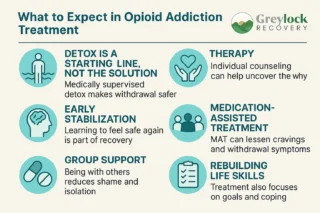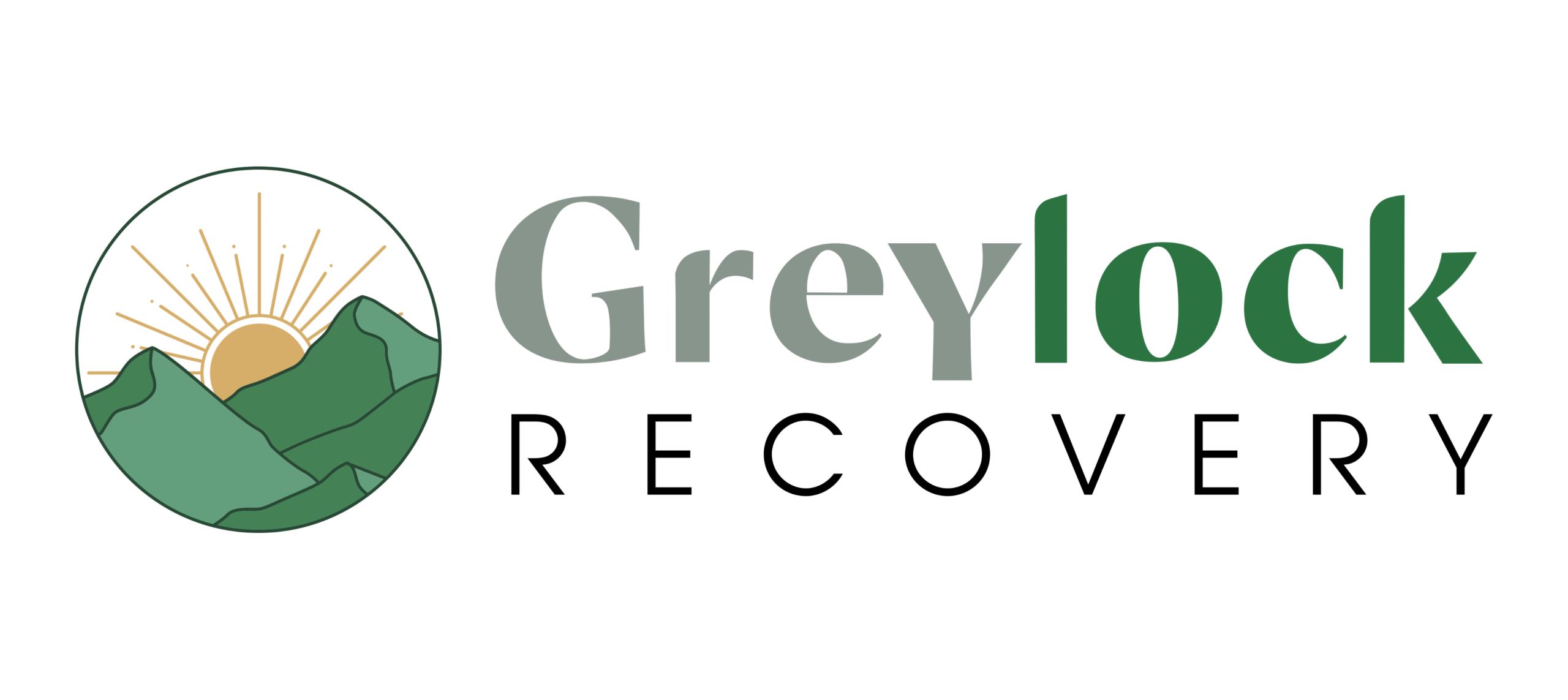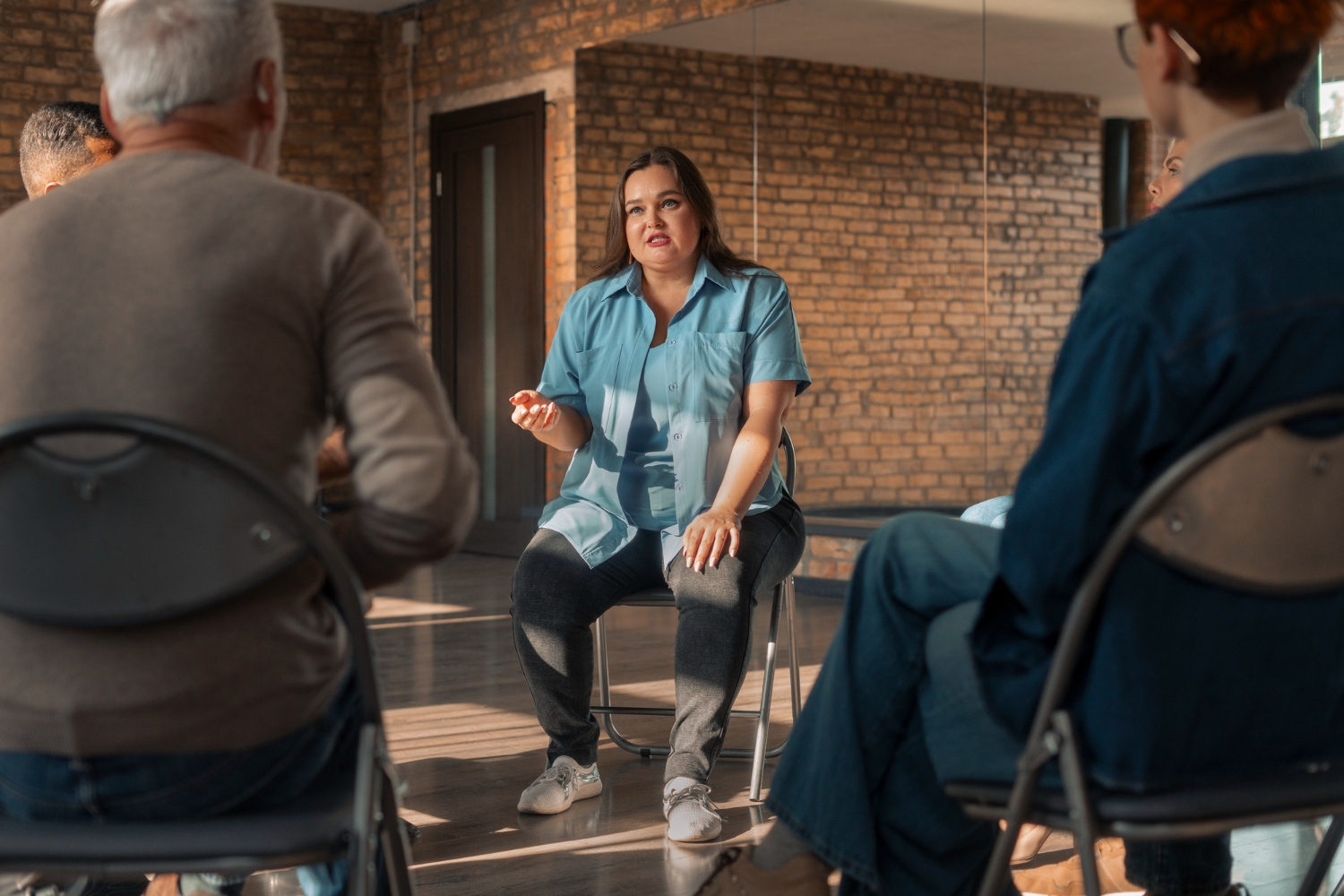When you’re thinking about getting help for opioid addiction, the fear of the unknown can feel louder than the addiction itself. You know you need something to change. Maybe you’ve tried to quit before—cold turkey, on your own, in silence. Maybe this is your first time even saying the word “treatment” out loud.
What you need most right now isn’t a lecture or a sales pitch. You need clarity. You need to know what opioid addiction treatment actually looks like. Step by step. Realistically. Kindly.
At Greylock Recovery in Williamstown, Massachusetts, we help people move from uncertainty to action—with treatment that’s built to support, not shame. Here’s what to expect, and why it’s okay if you’re still scared.
Detox Is a Starting Line, Not the Solution
Detox is the first step in opioid addiction treatment—but it’s often misunderstood. People imagine it’s the whole deal: you go in, sweat it out, come out clean. The end.
But here’s the truth: detox is not treatment—it’s preparation.
When you stop using opioids, your body goes into withdrawal. That can involve:
- Muscle aches
- Nausea or vomiting
- Sweating, chills
- Insomnia
- Intense anxiety and cravings
Trying to manage this alone can be dangerous. Medically supervised detox makes this process safer. At Greylock, we coordinate with local detox providers to ensure that your transition is as physically manageable—and emotionally supported—as possible.
But the work doesn’t end when the drugs leave your system. That’s when the real healing begins.
Early Stabilization: Learning to Feel Safe Again
After detox, the fog begins to lift. But don’t be surprised if you still feel shaky. Recovery isn’t a light switch—it’s more like a slow sunrise.
During early stabilization, your brain and body are adjusting. You may:
- Sleep too much or too little
- Feel restless or emotionally raw
- Struggle with shame, grief, or disorientation
- Miss the numbness even as you’re glad it’s gone
This is normal.
Opioid addiction isn’t just a chemical dependency. It’s a relationship—with relief, escape, silence. In treatment, we help you build new forms of safety that don’t rely on substances. That might mean attending group therapy, learning how to regulate your nervous system, or simply sitting in a quiet room with someone who sees you without judgment.
Therapy Helps You Understand the Why
No one chooses opioid addiction because they’re weak. There is always a why—even if you don’t fully understand it yet.
Individual therapy is a safe place to explore that why. It might involve:
- Talking through grief, trauma, or loss
- Learning how anxiety shows up in your body
- Naming what triggers your need to numb
Your therapist isn’t there to “fix” you. They’re there to walk beside you while you figure out how to live without disappearing. We move at your pace. We build trust before we ask you to dig deep. And when the hard feelings come, we help you hold them—so they don’t hold you hostage.
Group Support Reminds You You’re Not Alone
Group therapy might sound intimidating. But in opioid addiction treatment, it often becomes one of the most powerful parts of recovery.
Why? Because shame grows in isolation—and healing grows in shared space.
In group, you might hear someone say what you’ve been thinking but couldn’t say out loud:
- “I didn’t think I’d ever get clean.”
- “I’m scared I won’t feel normal again.”
- “I still miss the quiet that opioids gave me.”
And instead of judgment? You get nods. You get stories. You get connection. That’s how recovery starts to feel less like punishment and more like coming home.

Medication-Assisted Treatment (MAT) Isn’t “Cheating”
There’s a lot of misinformation out there about MAT. Some people think it’s “trading one drug for another.” That’s not true.
MAT uses medications like Suboxone or Methadone to reduce cravings and withdrawal symptoms. It gives your brain the stability it needs to heal. For some, it’s a bridge to full abstinence. For others, it’s part of a long-term plan.
At Greylock, we support MAT as one option—not the only one. You won’t be pressured. We’ll talk through the benefits, risks, and what feels right for you.
Recovery isn’t one-size-fits-all. And MAT doesn’t make you “less sober.” It makes you safer.
Rebuilding Life Skills and Purpose
After the crisis phase passes, you may feel a strange emptiness. You’ve stopped using. The chaos is gone. But now what?
This part of treatment focuses on rebuilding the life addiction put on pause. That might look like:
- Learning how to manage stress without substances
- Rebuilding relationships damaged by use
- Exploring work, school, or service opportunities
- Creating healthy routines and self-care habits
It’s okay if this part feels awkward or even boring at first. Think of it like emotional physical therapy—you’re learning to move through life differently, one step at a time.
Is It Normal to Feel Scared, Even in Recovery?
Yes. Fear doesn’t mean you’re doing it wrong. It means you’re awake.
Opioids numb everything—pain, joy, sadness, connection. When they’re gone, your emotional range starts to return. That can be overwhelming.
You might:
- Grieve what you lost during your addiction
- Feel unsure of who you are without substances
- Wonder if recovery is really “worth it”
These thoughts are common. We talk about them. We don’t avoid them or shame them. And we remind you: healing isn’t about being fearless. It’s about learning how to keep going even when you’re scared.
What Opioid Addiction Treatment Looks Like at Greylock Recovery
At Greylock Recovery, our outpatient opioid addiction treatment program in Williamstown is built around compassion, flexibility, and clear support. Whether you’re stepping down from a higher level of care or beginning your journey here, we offer:
- Weekly individual therapy with licensed clinicians
- Process and skills-based groups focused on opioid recovery
- Medication-assisted treatment support when clinically appropriate
- Coordination with local detox or residential programs if needed
We won’t overwhelm you with paperwork or pressure. We’ll start by learning your story, helping you settle in, and building trust. From there, we walk together.
FAQs About Opioid Addiction Treatment
What’s the difference between detox and treatment?
Detox is the short-term medical process of clearing substances from your body. Treatment is the ongoing emotional, mental, and behavioral healing work that helps prevent relapse and build a life in recovery.
How long does opioid addiction treatment take?
There’s no single timeline. Some people engage in outpatient treatment for a few months, others for a year or more. Healing is not a race. Our team works with you to set a pace that supports both safety and sustainability.
Can I work or go to school during treatment?
Yes. Outpatient treatment at Greylock is designed to integrate with your daily life. We offer flexible scheduling and help you balance recovery with responsibilities.
What if I relapse?
Relapse isn’t failure. It’s information. If it happens, we’ll talk about what led up to it and what support you need now. You’ll never be shamed or turned away.
Do I have to take medication to be in your program?
No. MAT is an option—not a requirement. We’ll talk about whether it’s right for you and support whatever path you choose.
Thinking about starting? We’re here when you are.
Call us at (413) 848-6013 or visit Greylock Recovery’s opioid addiction treatment in Williamstown, Massachusetts to learn more. Whether you’re still using or newly sober, we’ll meet you where you are—with respect, not pressure.


